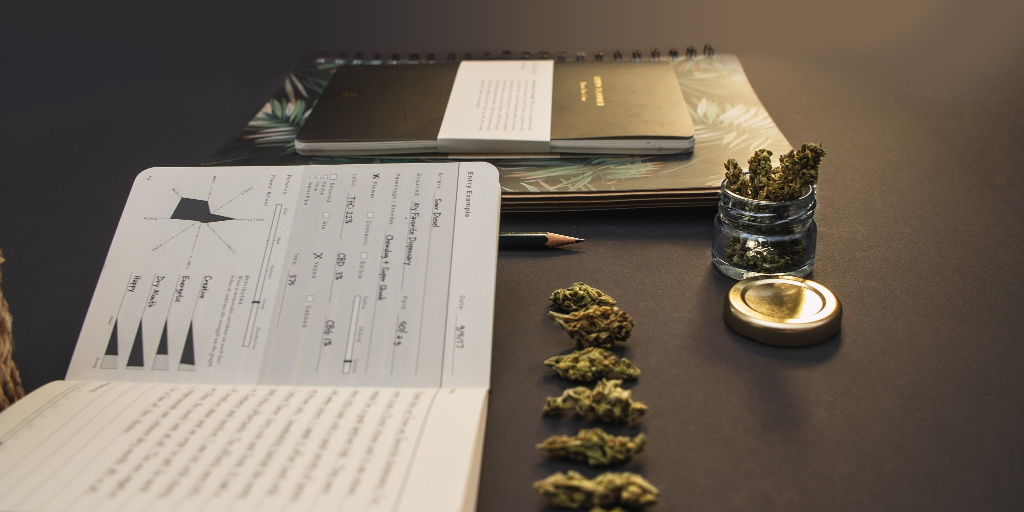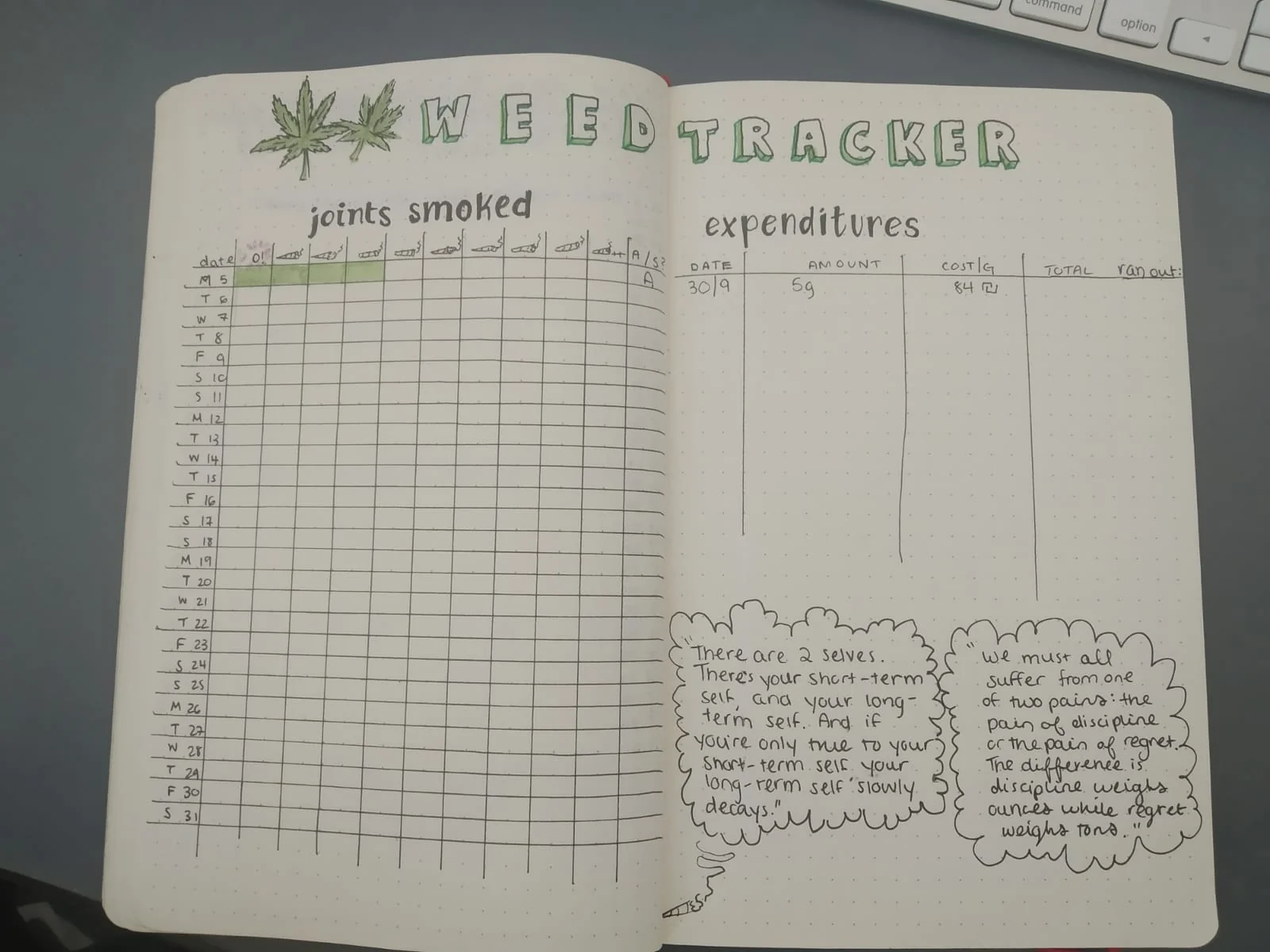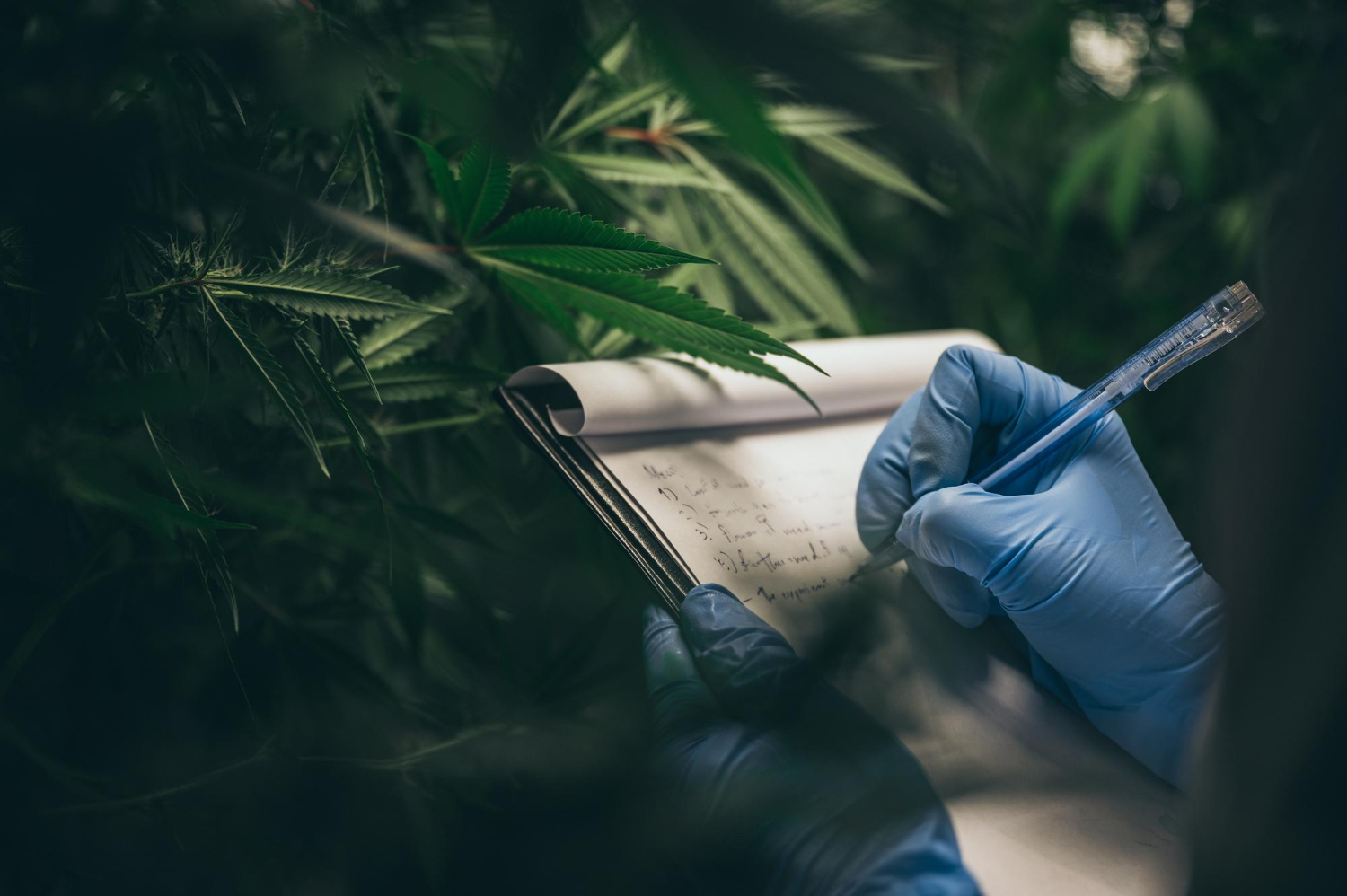Cannabis journaling has evolved from a simple note-taking exercise into a powerful self-awareness tool for both casual consumers and medical users. In 2025, tracking your cannabis use is easier than ever thanks to a blend of traditional writing methods and modern mobile apps that can log consumption data, strain profiles, and effects in real time. By maintaining a consistent record, you gain valuable insights into how different products, dosages, and consumption times affect your mood, productivity, and wellbeing. Whether you aim to moderate your use, identify the most effective strains for medical relief, or simply deepen your understanding of your personal relationship with cannabis, a well-structured journal is an invaluable resource.
Why Cannabis Journaling Improves Habits

The act of journaling encourages mindfulness by requiring you to pause and reflect before, during, and after consumption. This pause can help prevent overuse, especially for those who find themselves consuming out of habit rather than intention. Recording how you feel before use—such as noting stress levels, energy, or mood—helps you see whether cannabis is addressing the intended need or simply becoming a reflex. Over time, patterns emerge that highlight optimal consumption times, ideal strains, and the types of products that align with your goals. For medical users, this information is also invaluable for discussions with healthcare providers, enabling more precise treatment adjustments.
What to Record in Your Cannabis Journal
A comprehensive cannabis journal should go beyond just logging the strain name and amount used. Key details include the method of consumption, the time of day, and your physical and emotional state before use. Post-consumption notes should describe the onset time, peak effects, duration, and any side effects experienced. Recording THC and CBD percentages, terpene profiles, and environmental factors such as setting or company can reveal subtle influences on your experience. Over weeks or months, these details help you identify what enhances or detracts from your desired outcomes, whether that’s relaxation, creativity, pain relief, or improved sleep.
Digital Journaling and Tracking Apps in 2025
While some still prefer the tactile feel of pen and paper, the cannabis journaling trend in 2025 has been boosted by sophisticated mobile applications. These apps often feature strain databases, dosage calculators, and integrated reminders to log your sessions. Many sync with wearable devices to track heart rate, sleep quality, and activity levels, providing a holistic view of cannabis’s impact on your lifestyle. Some platforms also offer anonymous community data sharing, allowing you to compare your experiences with aggregated insights from thousands of other users. The advantage of digital journaling lies in its ability to quickly analyse patterns and generate customised recommendations.
Using Journaling to Reduce Overconsumption
For many, one of the most valuable outcomes of cannabis journaling is gaining control over tolerance levels. By documenting daily or weekly use, you can spot creeping increases in dosage or frequency that might otherwise go unnoticed. If your journal shows diminishing effects from the same amount over time, it may be a sign to take a tolerance break or adjust your consumption method. Journaling can also reveal situations where cannabis use may not be necessary, such as reaching for it out of boredom rather than need. This awareness helps cultivate a more intentional and balanced relationship with cannabis.
Applying Insights to Wellness and Lifestyle Goals
Once you’ve gathered enough data, your cannabis journal becomes a decision-making guide. For example, if you notice that certain strains boost focus in the morning but disrupt sleep when used late in the day, you can adjust your schedule accordingly. Medical users might find that specific cannabinoid or terpene combinations deliver better symptom relief with fewer side effects. For those seeking to integrate cannabis into a wellness plan, journaling provides the evidence needed to fine-tune routines, pair cannabis use with meditation or exercise, and align consumption with personal growth objectives. In this way, cannabis journaling moves beyond record-keeping to become an active tool for habit improvement.
Starting Your Cannabis Journal in 2025

Beginning a cannabis journal doesn’t have to be complicated. You can start with a simple template in a notebook or download a dedicated app designed for cannabis tracking. The key is consistency—logging every session, no matter how small. Over time, you’ll build a personalised database that reflects your unique preferences, reactions, and growth. For those new to cannabis or returning after a break, journaling from the start ensures you develop mindful habits early on. As technology continues to evolve, the ability to integrate health data, AI-driven insights, and even genetic testing into your cannabis journaling will make it an even more powerful tool for self-awareness and responsible use.




Leave a Reply